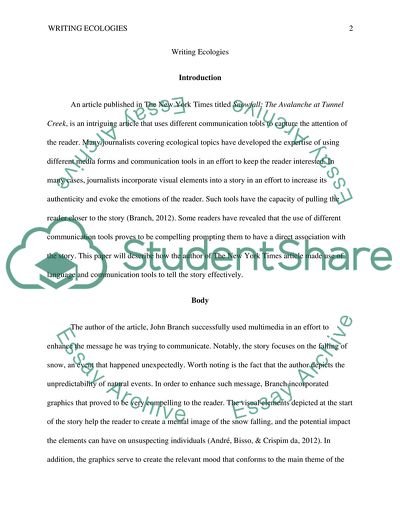Cite this document
(Language and Communication Tools for Effective Storytelling Literature review, n.d.)
Language and Communication Tools for Effective Storytelling Literature review. https://studentshare.org/english/1876954-writting-ecologies
Language and Communication Tools for Effective Storytelling Literature review. https://studentshare.org/english/1876954-writting-ecologies
(Language and Communication Tools for Effective Storytelling Literature Review)
Language and Communication Tools for Effective Storytelling Literature Review. https://studentshare.org/english/1876954-writting-ecologies.
Language and Communication Tools for Effective Storytelling Literature Review. https://studentshare.org/english/1876954-writting-ecologies.
“Language and Communication Tools for Effective Storytelling Literature Review”. https://studentshare.org/english/1876954-writting-ecologies.


